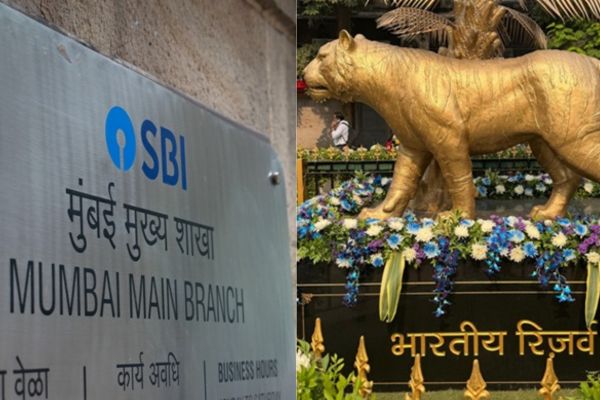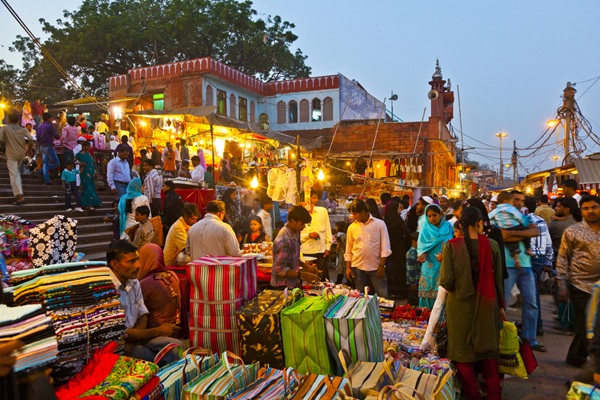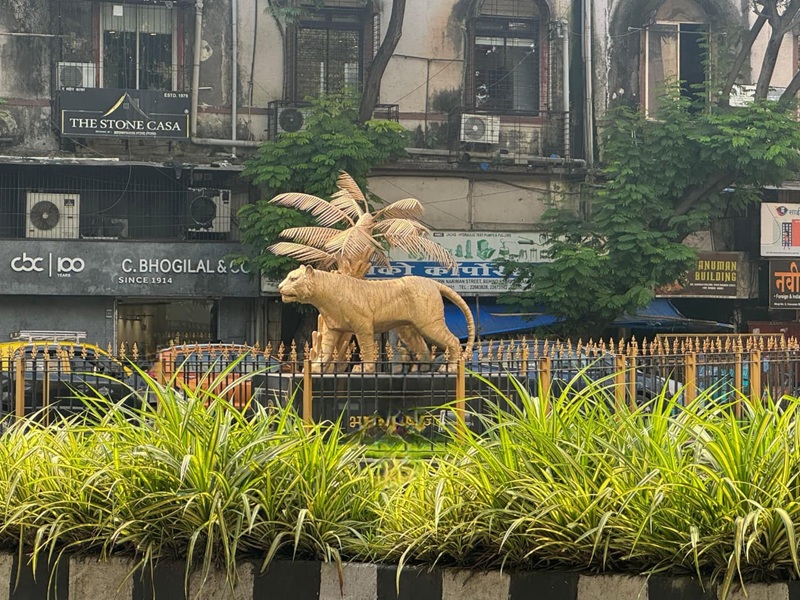.png)
Sarci-Sense: The Performance of Goodness & Virtue as a Brand
We no longer do good; we display it. From kindness reels to curated outrage, morality today comes with a caption and a comment section


Dr. Srinath Sridharan is a Corporate Advisor & Independent Director on Corporate Boards. He is the author of ‘Family and Dhanda’.
October 26, 2025 at 6:10 AM IST
Let’s be honest. Nobody just does good anymore — we now announce it.
If you donate, you post. If you feed stray dogs, there’s a reel. If you apologise, there’s a Notes-app statement with a carefully edited caption about “learning and unlearning.”
Once upon a time, virtue was private. People helped quietly and let gratitude do the talking. Now, goodness is a marketing campaign — ours .
You’ve seen it. The influencer posing with NGO children, adjusting the camera angle to capture more compassion. The corporate office celebrating “Kindness Week” with branded T-shirts and catered snacks. The friend who texts, “I just feel so blessed to give back,” and waits for you to like the message.
We don’t seek goodness anymore. We seek credit.
“Did you see my post about that fundraiser?” someone asks, as if morality now requires analytics.
From social media to boardrooms, virtue has become a performance metric. Empathy now comes with a logo.
We call it awareness. What we really mean is visibility.
Somewhere between hashtags and highlight reels, kindness lost its humility.
We now curate our compassion the way we curate our wardrobes, very carefully, tastefully, with matching filters.
And yet, under all that glow, there’s fatigue. The world is noisy with good intentions but starved of sincerity. Everyone wants to look like they care. No one wants the inconvenience of caring.
Take outrage, for example. We don’t get angry to fix things; we get angry to be seen as good people. The cause changes every week, but the pose remains identical — hand on heart, tone of moral exhaustion, caption ending with “We must do better.”
We must, yes. But who exactly is we?
You’ve probably done it too. (Don’t look away — we all have.)
You’ve shared a charity link you never donated to. You’ve written “so proud of this initiative” without reading what it was. And why not? Being visibly kind now counts as social capital.
Your goodness has ROI.
It’s the same story offline. Corporates hold tree-planting drives that chop more paper for their banners than trees they save. Schools hold “empathy workshops” sponsored by brands that underpay their suppliers. Even weddings come with a charitable twist — “Instead of gifts, please donate to…” followed by a foundation managed by a relative.
We’ve industrialised virtue.
Now, the witness is the point.
We’ve turned compassion into currency. It’s not about doing what’s right. It’s about being seen as the kind of person who would.
Modern virtue has PR wings.
And beneath that, there’s a deeper story — social and psychological.
We are a society that has learnt to equate being seen with being safe. In a country where reputation is currency, invisibility feels like irrelevance. So we display our goodness to protect our image, not to serve our conscience.
Doing good quietly is now a reputational risk.
The middle class, in particular, has perfected this balance. Having inherited guilt without privilege and aspiration without pause, it seeks moral validation through visibility. It donates to earthquake relief on an app but haggles with its maid over a day’s leave. It loves the idea of being humane — just not the effort of being human.
The wealthy perform benevolence through foundations and galas. The poor perform it through resilience — surviving without bitterness. And the middle, anxious not to be either, performs it on Instagram.
There’s also the economics of virtue.
Sometimes I wonder if the gods would even recognise our festivals anymore.
Imagine a divine scroll through Instagram:
“Ah, here’s a man donating to the temple… tagged 47 friends. Lovely lighting, though.”
Even apologies are performative now. Nobody says sorry privately. We wait till the right moment, type the perfect statement, and release it like a movie trailer.
Humility has been outsourced to design teams.
And yes, there’s humour in this absurdity, but there’s also sadness.
We’re so terrified of being thoughtless that we’ve stopped being thoughtful.
Virtue signalling has replaced virtue itself.
We’ve built a moral theatre where everyone wants the spotlight but nobody wants the rehearsal.
Sometimes, the smallest, ugliest truths hurt most:
– We record charity drives but not conversations with our parents.
– We “stand in solidarity” but don’t stand in queues without cutting.
– We volunteer once a year but treat delivery workers like furniture the rest of the time.
And before you roll your eyes and say, “So should we never post anything good?” — no, that’s not the point.
Share, if it inspires. Post, if it helps. But ask yourself first: is it about the cause, or about you?
Kindness is not supposed to trend. It’s supposed to transform.
Modern India still has those people, thank God.
The retired man who funds a child’s education quietly. The woman who feeds stray animals without recording it. The stranger who helps someone on the road and disappears before thanks can find him. They are the true custodians of decency. The ones who keep goodness real.
Maybe that’s what we need to remember.
So next time you feel the urge to post that perfect “giving back” picture, pause for a second. Ask yourself — would you still do it if nobody knew?
If the answer is yes, congratulations. You’ve escaped the algorithm.
If the answer is no, welcome to the club. You’re just human — and still learning.
We all are. That true goodness needs no audience — only intent.



